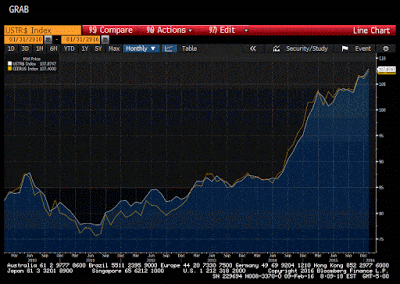Enjoy the Weekend, China Returns to the Fray on Monday
After another difficult Asian session that saw the Nikkei fell 4.8% (12.3% on the week), the capital markets against have stabilized in Europe. Equity markets are mostly higher, with the Dow Jones Stoxx 600 up nearly 2% led by energy and financials.




